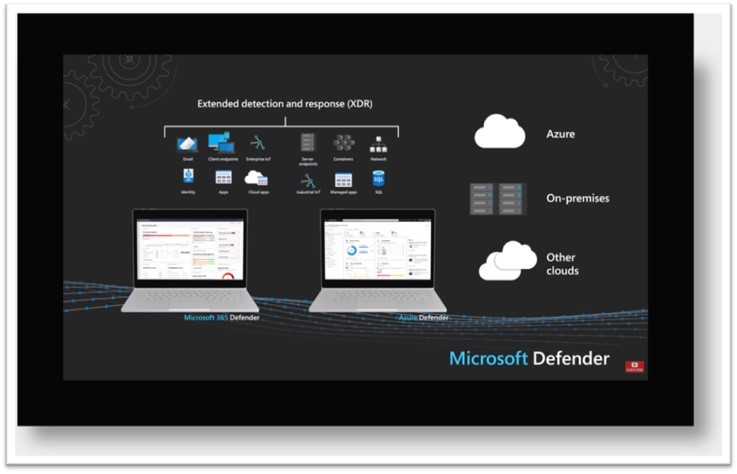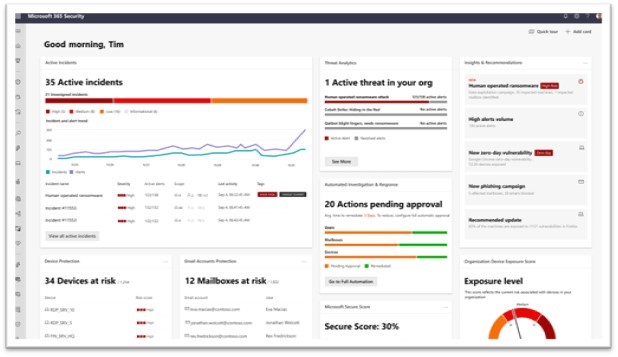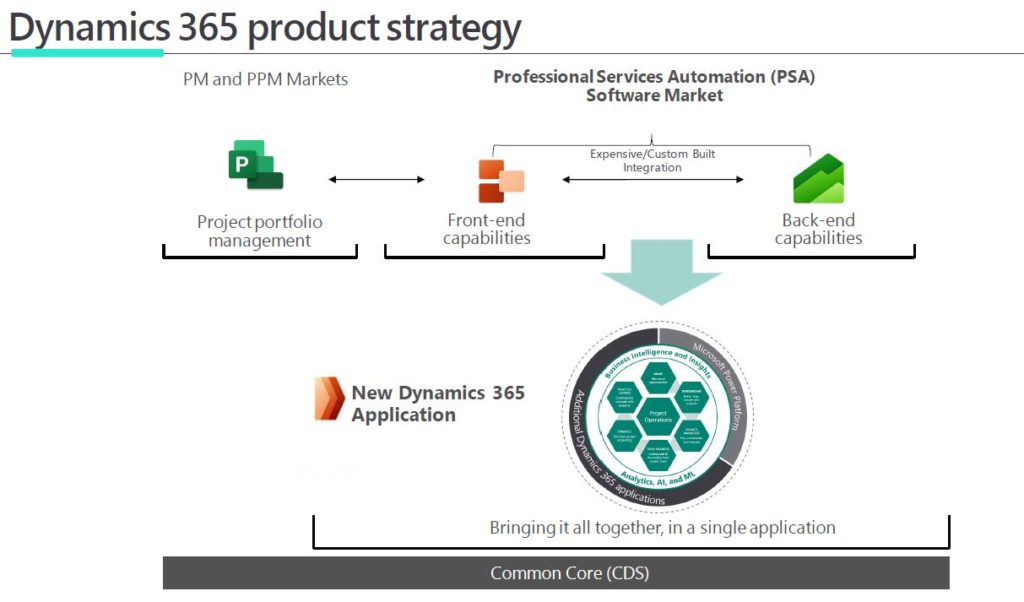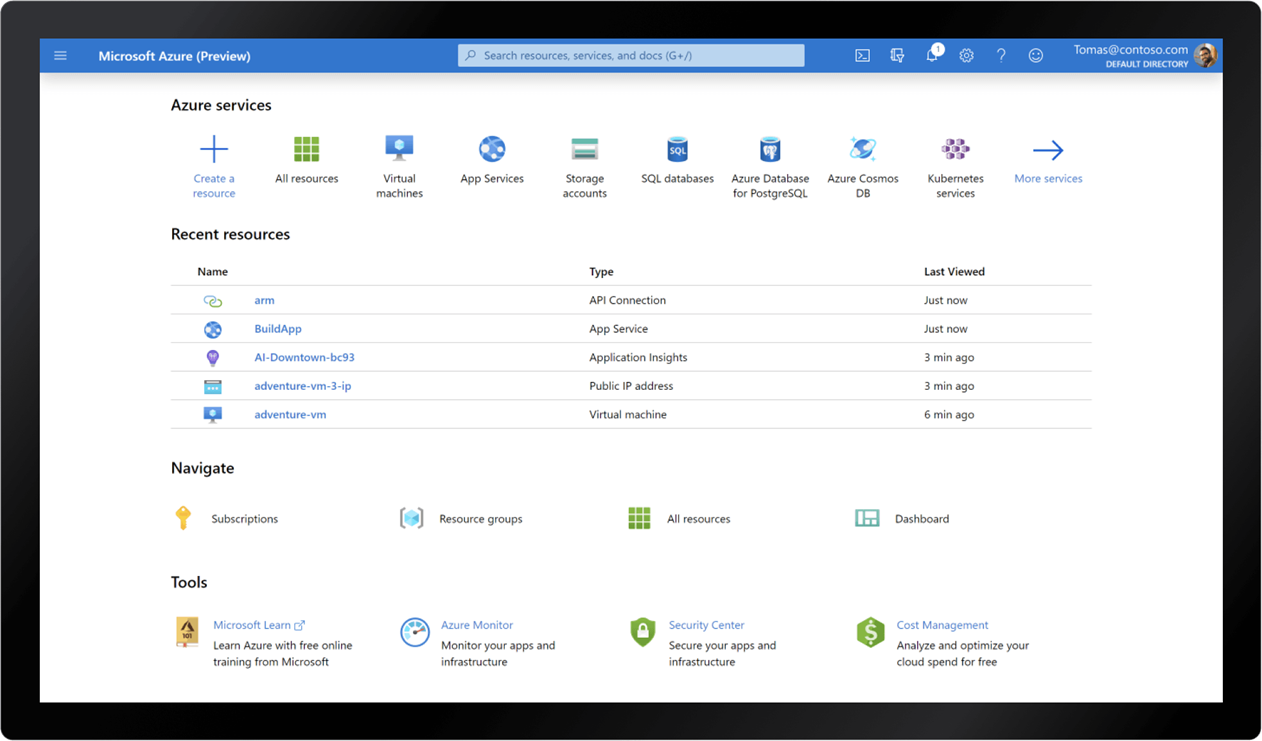Mar 5, 2023
In an era defined by digital transformations, businesses are migrating their operations to the cloud to harness its incredible potential. Yet, with this progress comes an equally significant responsibility to protect and preserve the digital assets that power your enterprise. That’s where we, as your trusted Azure Managed Services Provider, come into the picture. Today, we want to highlight a service that promises business continuity even in the face of unexpected disasters: Azure Site Recovery.
What is Azure Site Recovery?
Azure Site Recovery is a robust disaster recovery service offered by Microsoft Azure. Its primary role is to ensure your business operations continue unabated, even amidst unforeseen disruptions like network failures, natural disasters, or power outages.
The service works by automating the replication of your virtual machines (VMs) to a secondary location, either on your premises or in the cloud. This creates a failover environment where your applications can continue running even if your primary site experiences an outage.
Key Features of Azure Site Recovery
- Automated Replication: Azure Site Recovery automates the replication of your Azure VMs, ensuring a seamless transition in the event of a disaster.
- Health Monitoring and Disaster Recovery Drills: With Azure Site Recovery, you get comprehensive monitoring and reporting of your replicated applications. You can also execute test failovers to ensure your disaster recovery plan is up-to-date and effective.
- Flexible Recovery Plans: Azure Site Recovery enables you to create and manage custom recovery plans. These plans provide a systematic approach to failover and recovery, ensuring minimal disruption to your business operations.
Why Choose Azure Site Recovery?
Incorporating Azure Site Recovery into your disaster recovery strategy brings numerous advantages:
- Business Continuity: Azure Site Recovery minimizes the impact of outages on your operations, ensuring your business remains up and running at all times.
- Cost-Efficient: Traditional disaster recovery solutions require significant investments in duplicate systems and hardware. With Azure Site Recovery, you only pay for the resources you use during a failover, leading to substantial cost savings.
- Compliance: Azure Site Recovery meets a broad set of international and industry-specific compliance standards, including GDPR, ISO 27001, and HIPAA, among others.
Your Azure Managed Services Provider: Ensuring Seamless Disaster Recovery
As your Azure Managed Services provider, we help you unlock the full potential of Azure Site Recovery. Our team of Azure experts handle the setup, configuration, and management of Azure Site Recovery, ensuring your disaster recovery plan aligns perfectly with your business needs. We also provide round-the-clock support, ensuring rapid response and resolution to any issues that might arise.
In a digital-first world, safeguarding your operations from disruptions is critical. With Azure Site Recovery, you get a disaster recovery solution that’s flexible, cost-effective, and robust. As your Azure Managed Services provider, we’re here to make that solution a reality for your business, ensuring you’re prepared for anything the digital landscape might throw your way.
Jan 26, 2022
We are extremely proud to have won the Award for CyberFit Cloud Distributor MEA 2021 at our valued vendor, Acronis, Dubai Summit.
Cyber protection is a must and a requirement to navigate the digital world safely.
For more information on discovering what is the best solution for your business, visit our Acronis Cloud page

Dec 2, 2020
To help organizations protect all their assets against evolving digital security threats, Microsoft is unifying all Extended Detection and Response (XDR) technologies under the Microsoft Defender brand.
Microsoft Defender prevents, detects, and responds to threats across identities, endpoints, applications, email, IoT, infrastructure, and cloud platforms.
With Microsoft Defender, Microsoft is rebranding the existing threat protection portfolio and adding new capabilities, including additional multi-cloud (Google Cloud and AWS) and multi-platform (Windows, Mac, Linux, Android, and iOS) support.
Microsoft Defender is delivered in two tailored experiences:

Microsoft 365 Defender
- Microsoft 365 Defender delivers XDR capabilities for identities, endpoints, cloud apps, email, and documents.
- It uses artificial intelligence to reduce the SOC’s work items.
- Built-in self-healing technology fully automates remediation more than 70% of the time, ensuring defenders can focus on other tasks that better leverage their knowledge and expertise.
The branding changes to unify the Microsoft 365 Defender technologies:
- Microsoft 365 Defender (previously Microsoft Threat Protection)
- Microsoft Defender for Endpoint (previously Microsoft Defender Advanced Threat Protection)
- Microsoft Defender for Office 365 (previously Office 365 Advanced Threat Protection)
- Microsoft Defender for Identity (previously Azure Advanced Threat Protection)
New features available within Microsoft 365 Defender:
- Extending mobile threat defense capabilities in Microsoft Defender for Endpoint to iOS, Android and macOS.
- Priority account protection in Microsoft Defender for Office 365 will help security teams focus on protection from phishing attacks for users who have access to the most critical and privileged information.
Customers can customize prioritized account workflows to offer these users an added layer of protection.

Microsoft 365 Defender
Azure Defender
Azure Defender delivers XDR capabilities to protect multi-cloud and hybrid workloads, including virtual machines, databases, containers, IoT, and more.
Azure Defender is an evolution of the Azure Security Center threat protection capabilities and is accessed from within Azure Security Center.
Microsoft has announced brand changes for these capabilities under Azure Defender as well:
- Azure Defender for Servers (previously Azure Security Center Standard Edition)
- Azure Defender for IoT (previously Azure Security Center for IoT)
- Azure Defender for SQL (previously Advanced Threat Protection for SQL)
New features now available within Azure Defender:
- To help defenders identify and mitigate unprotected resources, Microsoft is delivering a new unified experience for Azure Defender that makes it easy to see which resources are protected and which need further protection.
- Added protection for SQL servers on-premises and in multi-cloud environments as well as virtual machines in other clouds, and improved protections for containers, including Kubernetes-level policy management and continuous scanning of container images in container registries.
- Support for operational technology networks with the integration of Cyber X into Azure Defender for IoT.
Nov 24, 2020
On November 1, 2020, Microsoft released Dynamics 365 Project Operations offers and removed Dynamics 365 Project Service Automation (PSA) for commercial customers.

What is changing?
DYNAMICS 365 PROJECT OPERATIONS
New application came on October 1, 2020. Going forward, all roadmap investments for the PSA software market will be done through this application.
DYNAMICS 365 PROJECT SERVICE AUTOMATION
There will not be any immediate disruption. Microsoft will work to transition you to at your pace. This service will continue running for customers on CSP until October 1, 2022 and EA until October 1, 2024, or until current contract ends, whichever comes first. Contract renewals will continue until October 1, 2021. Microsoft will offer a migration path to Project Operations. Current customers will be grandfathered into the new SKU and pricing.
PROJECT MANAGEMENT AND ACCOUNTING (PMA)
There will not be any immediate disruption. Microsoft will work to transition customers. SKU adjustments and entitlements for new customers will go into effect on October 1, 2020, moving from Finance to Project Operations. Microsoft will offer a migration path to Project Operations. Current customers will be grandfathered into the new SKU and pricing.
MICROSOFT PROJECT
Will be continued to be sold as PM and PPM solutions and common core capabilities Project for the web will incorporated natively into Dynamics 365 Project Operations.
Nov 18, 2020

Azure adds new constrained vCPUs, capable virtual machines to reduce software licensing costs without impacting performance
Azure offers various VM sizes for which you can constrain the VM vCPU count to reduce the cost of software licensing, while maintaining the same memory, storage, and I/O bandwidth.
This may be crucial for some database workloads like SQL Server or Oracle that require high memory, storage, and I/O bandwidth, but not a high core count since many database workloads are not CPU-intensive.
So, by deploying the latest Azure Virtual Machines, you can further increase the efficiency of your cloud infrastructure.
The vCPU count can be constrained to one half or one quarter of the original VM size. These new VM sizes have a suffix that specifies the number of active vCPUs to make them easier for you to identify.
The Esv4, Edsv4, and Easv4 memory optimized Azure VM series now offer new constrained vCPU VM sizes.
For example, the current VM size ‘’E8s_v4’’ comes with 8 vCPUs, 64 GB RAM, 16 disks and 12,800 IOPs. The new VM sizes ‘’E8-4s_v4’’ and ‘’E8-2s_v4’’ comes with 4 and 2 active vCPUs respectively, while maintaining the rest of the specs of the ‘’E8s_v4’’ for memory, storage, and I/O bandwidth.
The licensing fees charged for SQL Server or Oracle are constrained to the new vCPU count, and other products should be charged based on the new vCPU count. This results in a 50% to 75% increase in the ratio of the VM specs to active (billable) vCPUs. These new VM sizes allow customer workloads to use the same memory, storage, and I/O bandwidth while optimizing their software licensing cost. Currently, the compute cost, which includes OS licensing, remains the same one as the original size.
Oct 23, 2020
Microsoft Azure is delivering a broad and extensive range of services, advancing organizations across a variety of areas from 60+ Azure Regions. These services are often considered as a go-to option for applications, running businesses and freeing up time and capabilities, enhancing work, and providing scalability.
There are benefits too with data residency provided from Azure UAE Regions, as data can be kept in the two UAE datacenter regions, in Dubai and Abu Dhabi.
From the day that Microsoft has announced global availability of Azure UAE Regions, Microsoft strived to make this more useful for customers and partners such as the recent availability of M and Mv2 Series Virtual Machines to provide SAP S4/HANA high performance, scalability and security along with the addition of new Azure Services to the UAE Regions recently.
Whatever your Application Modernization strategy, Azure is the platform that you need. You can now run App Services, Functions, Azure Red Hat OpenShift, Azure Files Premium tier and Azure DevTest Labs in UAE regions.
- Azure App Service: Azure App Service is a fully managed platform for building, deploying, and scaling web apps to enable productivity and innovation. App Service helps for building, deploying, and scaling web apps quickly and easily by supporting APIs .NET, .NET Core, Node.js, Java, Python or PHP, in containers or running on Windows or Linux.
- Azure Functions: Azure Functions allows developers to act by connecting to data sources or messaging solutions thus making it easy to process and react to events. Developers can leverage Azure Functions to build HTTP-based API endpoints accessible by a wide range of applications, mobile and IoT devices.
- Azure Red Hat OpenShift: Azure Red Hat OpenShift provides a flexible, self-service deployment of fully managed OpenShift clusters. You can maintain regulatory compliance and focus on your application development, while your master, infrastructure, and application nodes are patched, updated, and monitored by both Microsoft and Red Hat. You have the option to choose your own registry, networking, storage, or CI/CD solutions. Or you can get going immediately using built-in solutions with automated source code management, container and application builds, deployments, scaling, health management, and more.
- Azure Files Premium Tier: Azure Files premium tier storage offers high-performance, easily accessible file services, built on solid-state drives (SSD). Premium tier is optimized to deliver consistent performance for IO-intensive workloads that require high-throughput and low latency.
- Azure DevTest Labs: Azure DevTest Labs make it possible to quickly provision development and test environments, which minimizes waste with quotas and policies. The service allows automated shutdowns to be set to minimize costs. Additionally, Windows and Linux environments can be built.













